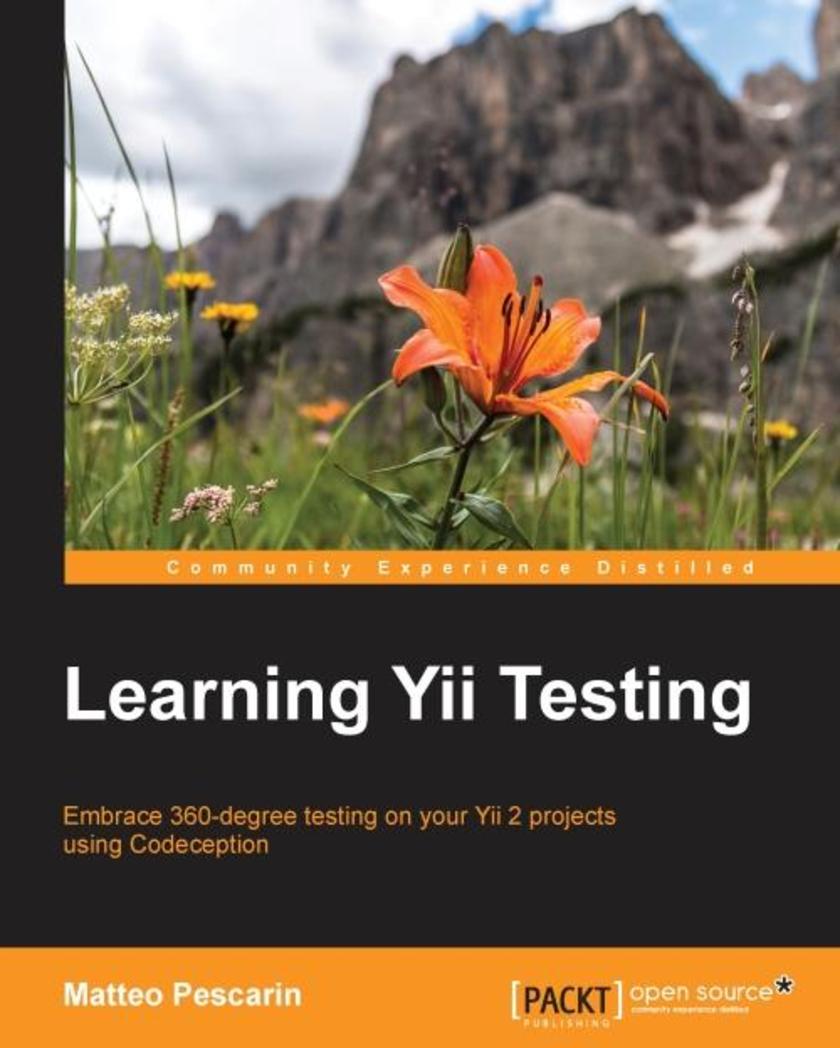
Learning Yii Testing
¥66.48
Developers who have a solid pre-existing knowledge of Yii's core concepts will find this book an ideal introduction to learning to write tests using Yii 2's tools. You'll learn to create faster and more reliable applications with less time and effort.

Raspberry Pi Essentials
¥54.49
Programmers new to the Raspberry Pi and novice programmers with little to no experience with micro board computing will find the book useful. A basic knowledge of programming languages in general will prove useful for a better understanding of the topics.
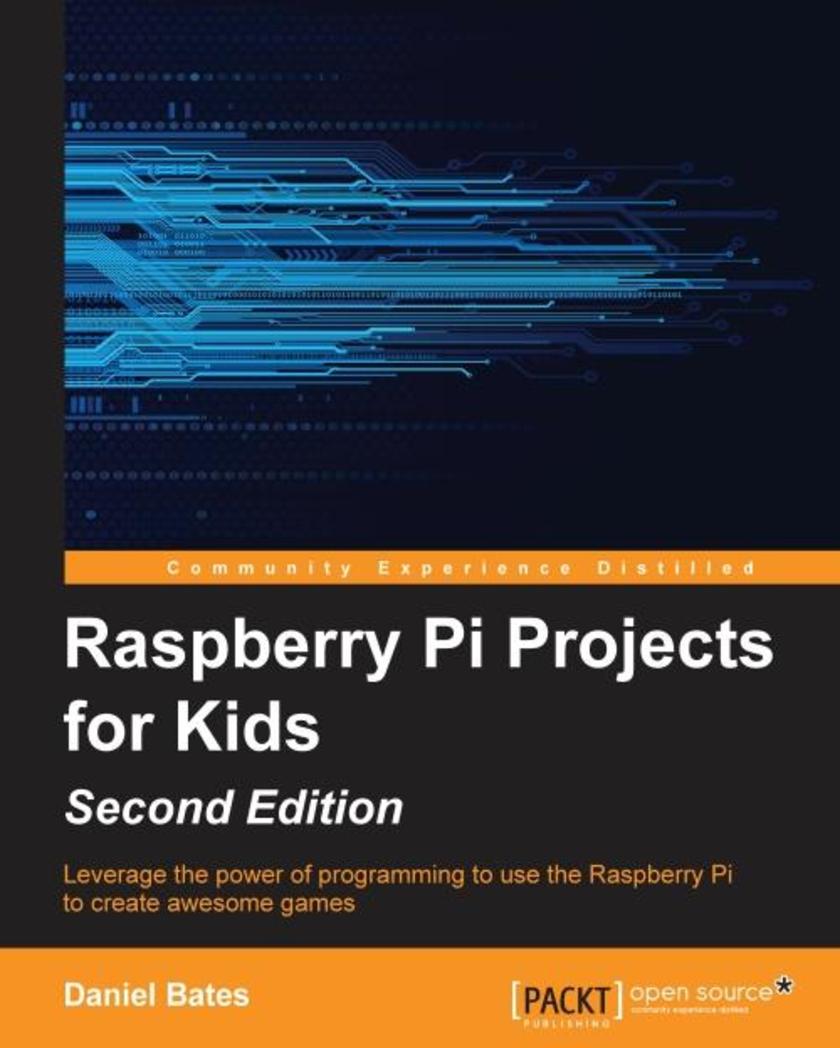
Raspberry Pi Projects for Kids - Second Edition
¥45.77
This book is for kids who wish to develop games and applications using the Raspberry Pi. No prior experience in programming is necessary; you need only a Raspberry Pi and the required peripherals.
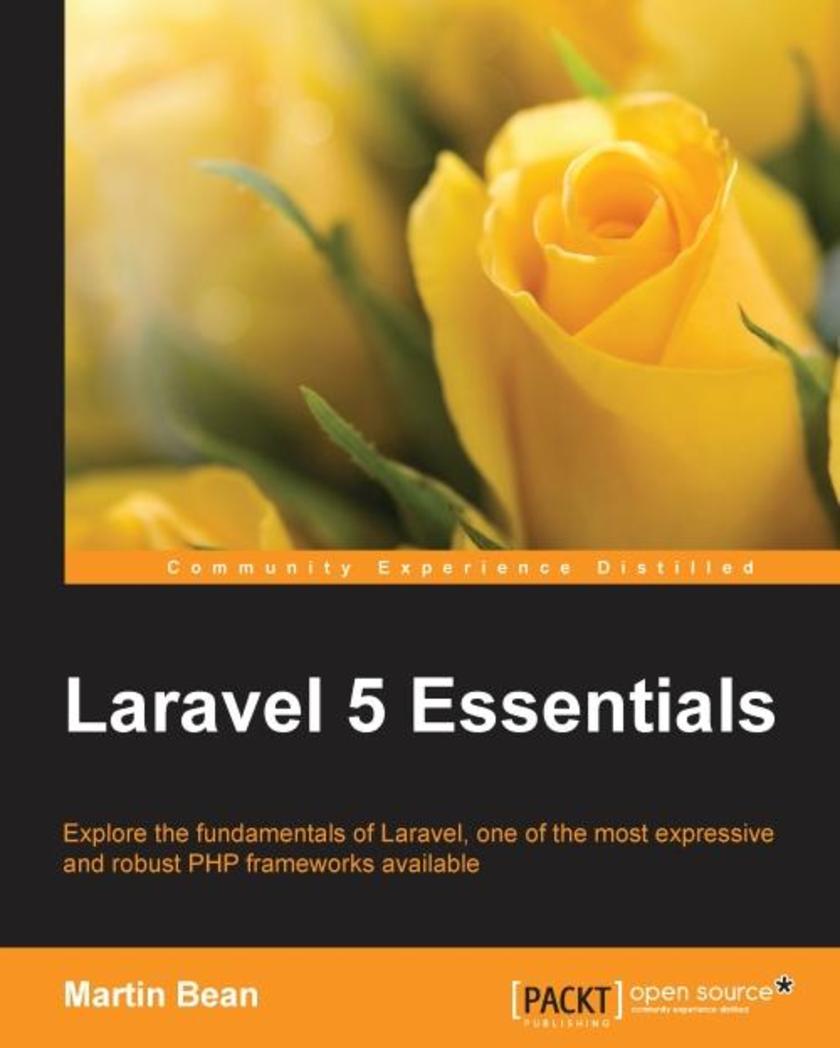
Laravel 5 Essentials
¥54.49
This book is intended for PHP web developers who have an interest in Laravel and who know the basics of the framework in theory, but don't really know how to use it in practice. No experience of using frameworks is required, but it is assumed you are at least familiar with building dynamic websites in PHP already.
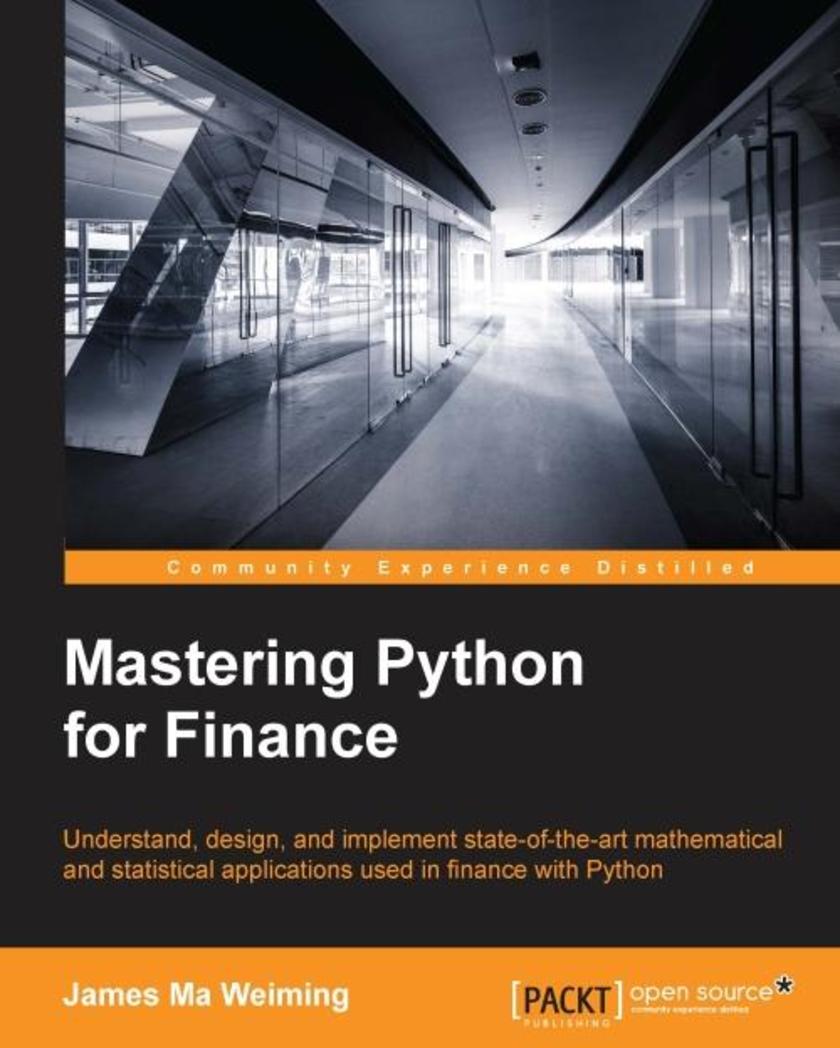
Mastering Python for Finance
¥90.46
If you are an undergraduate or graduate student, a beginner to algorithmic development and research, or a software developer in the financial industry who is interested in using Python for quantitative methods in finance, this is the book for you. It would be helpful to have a bit of familiarity with basic Python usage, but no prior experience is required.
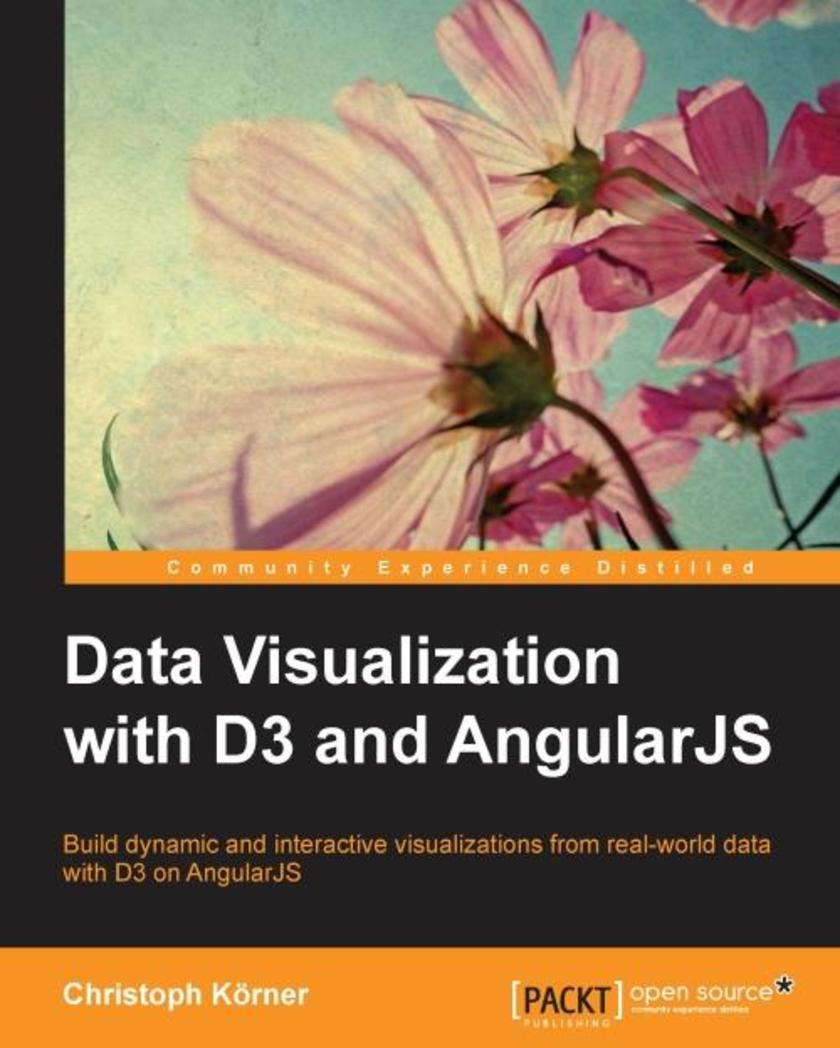
Data Visualization with D3 and AngularJS
¥80.65
If you are a web developer with experience in AngularJS and want to implement interactive visualizations using D3.js, this book is for you. Knowledge of SVG or D3.js will give you an edge to get the most out of this book.
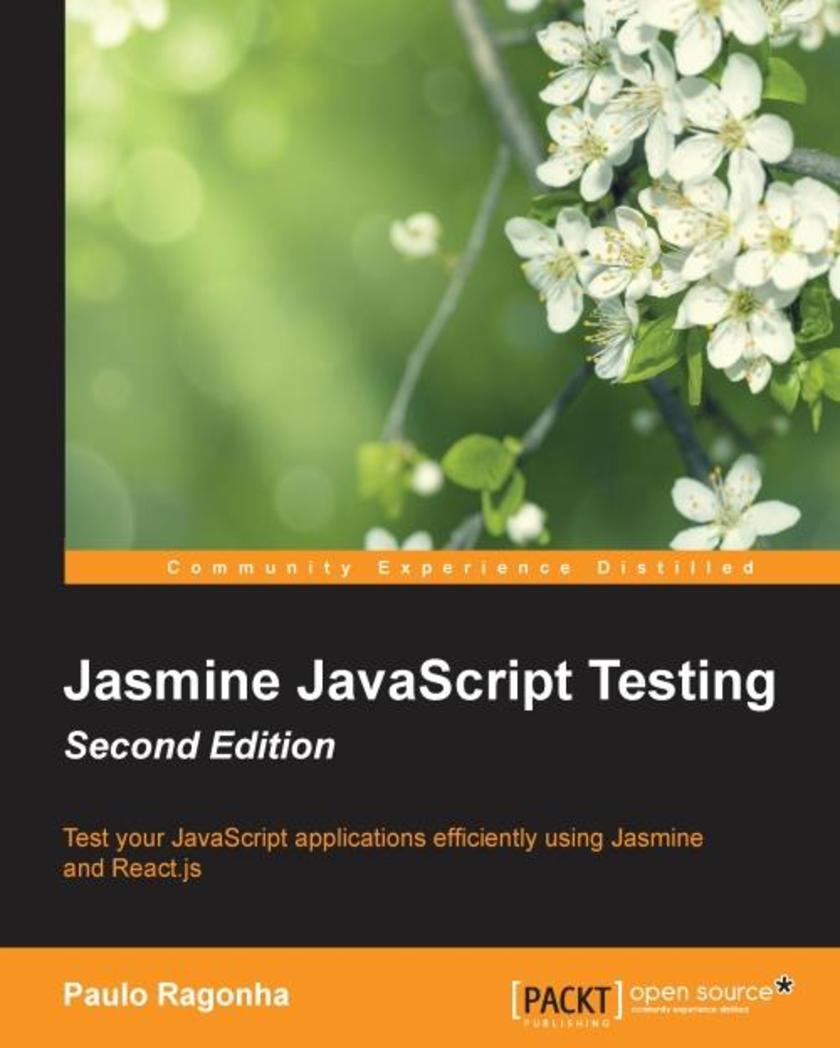
Jasmine JavaScript Testing - Second Edition
¥61.03
This book is for web developers and designers who work with React.js and JavaScript and who are new to unit testing and automation. It's assumed that you have a basic knowledge of JavaScript and HTML.
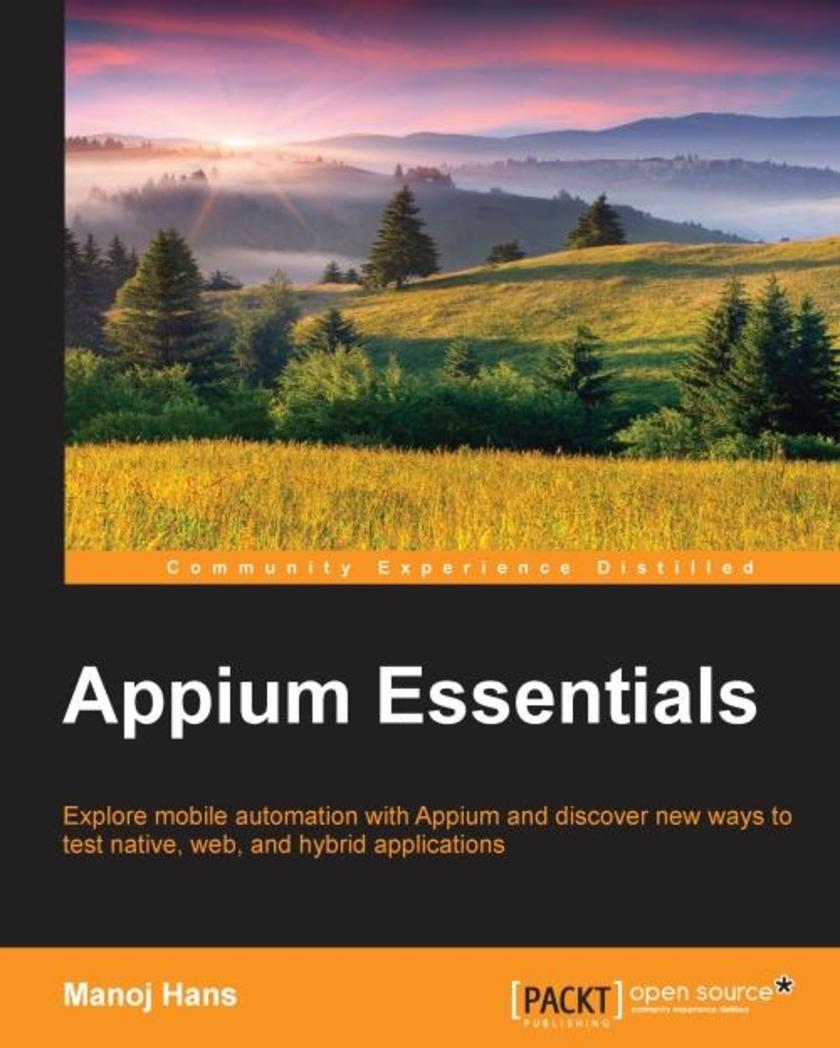
Appium Essentials
¥54.49
This book is intended for automation testers and developers who want to enhance their skills from web-based automation to mobile application automation using Appium. Basic knowledge of mobile application testing, Selenium WebDriver, and programming is assumed.

CentOS High Availability
¥54.49
This book is targeted at system engineers and system administrators who want to upgrade their knowledge and skills in high availability and want to learn practically how to achieve high availability with CentOS Linux. You are expected to have good CentOS Linux knowledge and basic networking experience.

Mastering Adobe Captivate 8
¥107.90
If you are a teacher, instructional designer, eLearning developer, or human resources manager who wants to implement eLearning, then this book is for you. A basic knowledge of your OS is all it takes to create the next generation of responsive eLearning content.
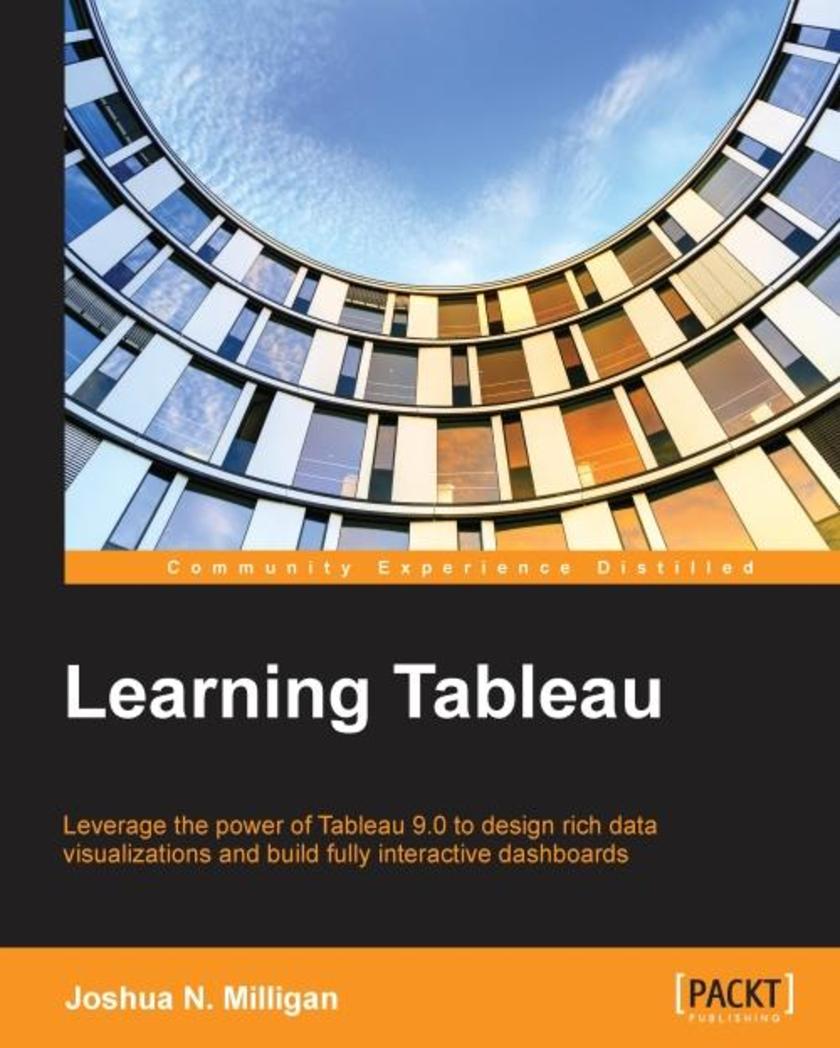
Learning Tableau
¥90.46
If you want to understand your data using data visualization and don't know where to start, then this is the book for you. Whether you are a beginner or have years of experience, this book will help you to quickly acquire the skills and techniques used to discover, analyze, and communicate data visually. Some familiarity with databases and data structures is helpful, but not required.

WooCommerce Cookbook
¥80.65
If you have ever built or managed a WordPress site and want to add e-commerce functionality into your site, WooCommerce and this book are perfect for you. Learning how to use WooCommerce through this series of recipes will give you a solid platform to add any future e-commerce needs.

Performance Testing with JMeter - Second Edition
¥71.93
This book is great for developers, quality assurance engineers, testers, and test managers new to Apache JMeter, or those who are looking to get a good grounding in how to effectively use and become proficient with JMeter. No prior testing experience is required.
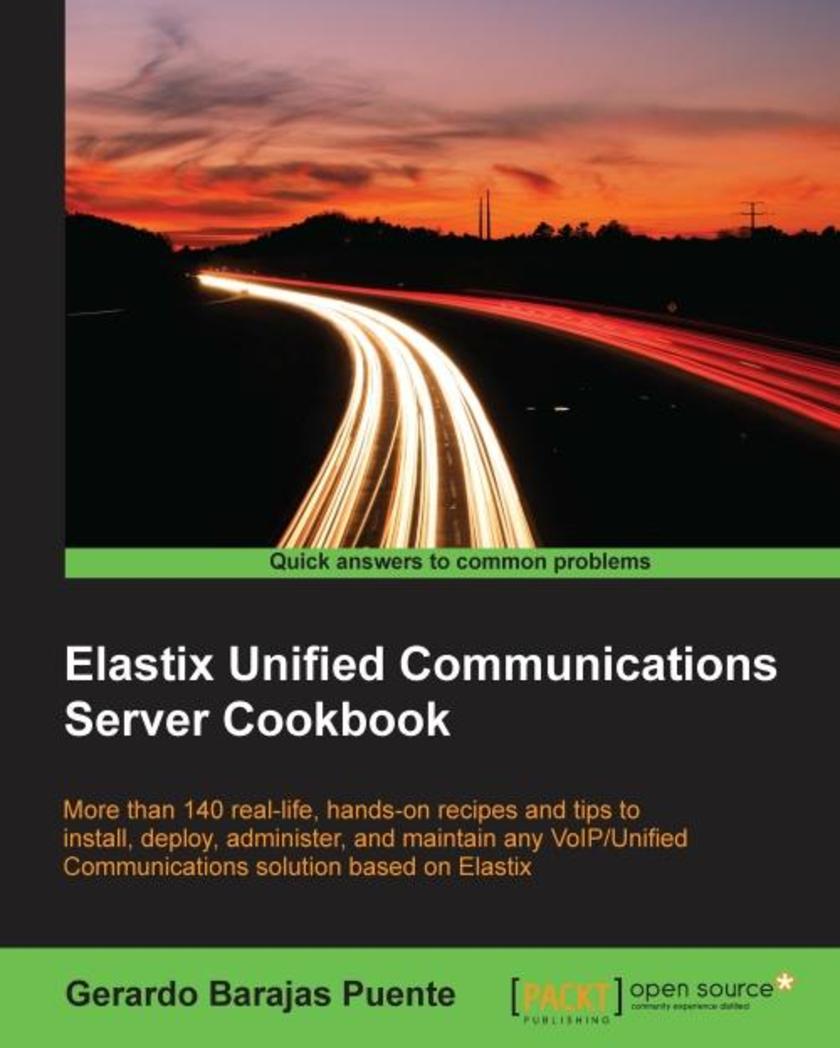
Elastix Unified Communications Server Cookbook
¥90.46
This book is aimed at those who want to learn how to set up an Elastix Unified Communications Server without losing ground on Unified Communications and Voice over IP.

Mastering Apache Cassandra - Second Edition
¥90.46
The book is aimed at intermediate developers with an understanding of core database concepts who want to become a master at implementing Cassandra for their application.

Responsive Design High Performance
¥54.49
This book is ideal for developers who have experience in developing websites or possess minor knowledge of how responsive websites work. No experience of high-level website development or performance tweaking is required.
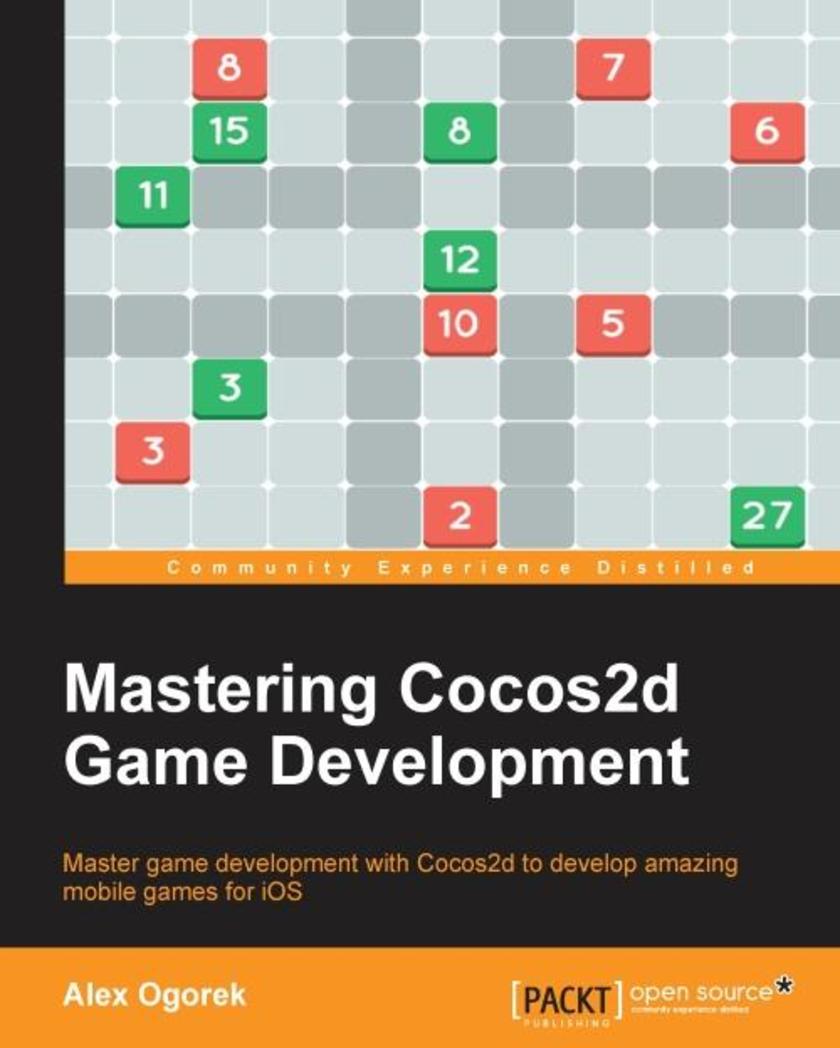
Mastering Cocos2d Game Development
¥80.65
If you are a developer who is experienced with Cocos2d and Objective-C, and want to take your game development skills to the next level, this book is going to help you achieve your goal.

Learning Unreal? Engine iOS Game Development
¥80.65
If you are a game developer, designer, artist, or a beginner in the gaming industry, and want to make iOS games efficiently at a low cost, this book is ideal for you.
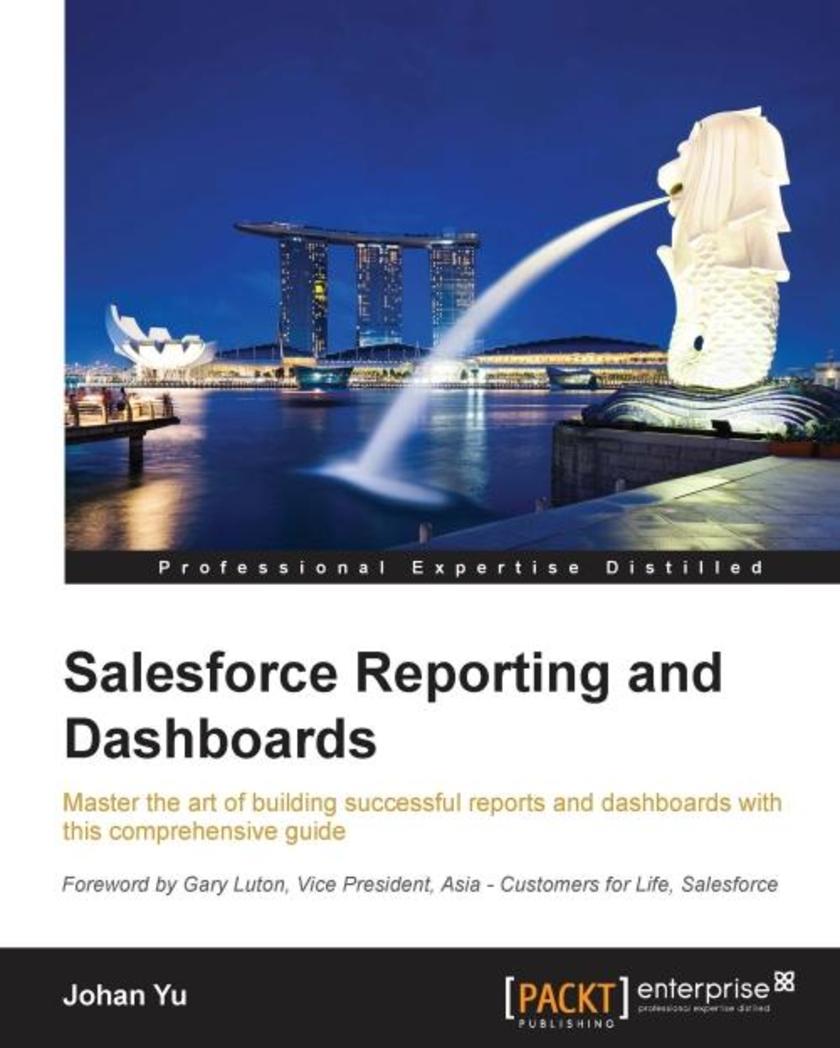
Salesforce Reporting and Dashboards
¥90.46
This book is intended for all Salesforce users—administrators, managers, business analysts, or report writers who are new to creating reports or dashboards within Salesforce. Basic knowledge of the Salesforce platform is required.
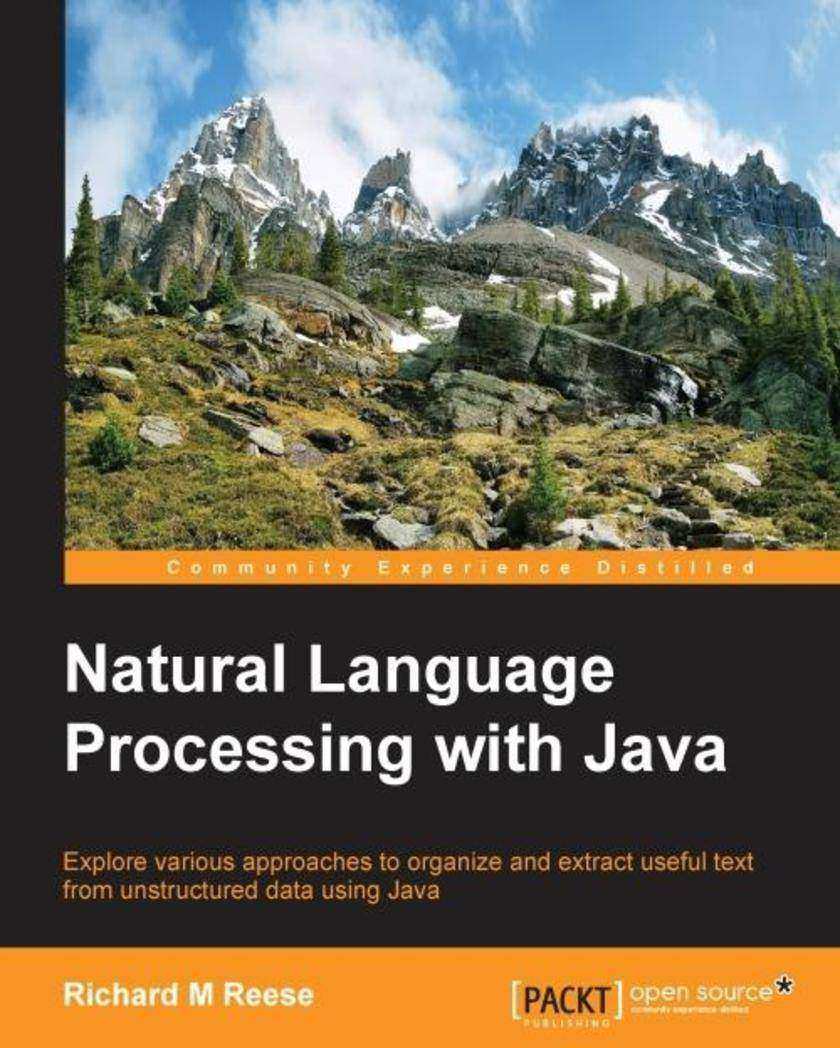
Natural Language Processing with Java
¥80.65
If you are a Java programmer who wants to learn about the fundamental tasks underlying natural language processing, this book is for you. You will be able to identify and use NLP tasks for many common problems, and integrate them in your applications to solve more difficult problems. Readers should be familiar/experienced with Java software development.

Cocos2d-x by Example: Beginner's Guide - Second Edition
¥80.65
If you are a game enthusiast who would like to develop and publish your own game ideas onto different app stores, this is the book for you. Some knowledge of C++ or Java is helpful but not necessary.




 购物车
购物车 个人中心
个人中心



